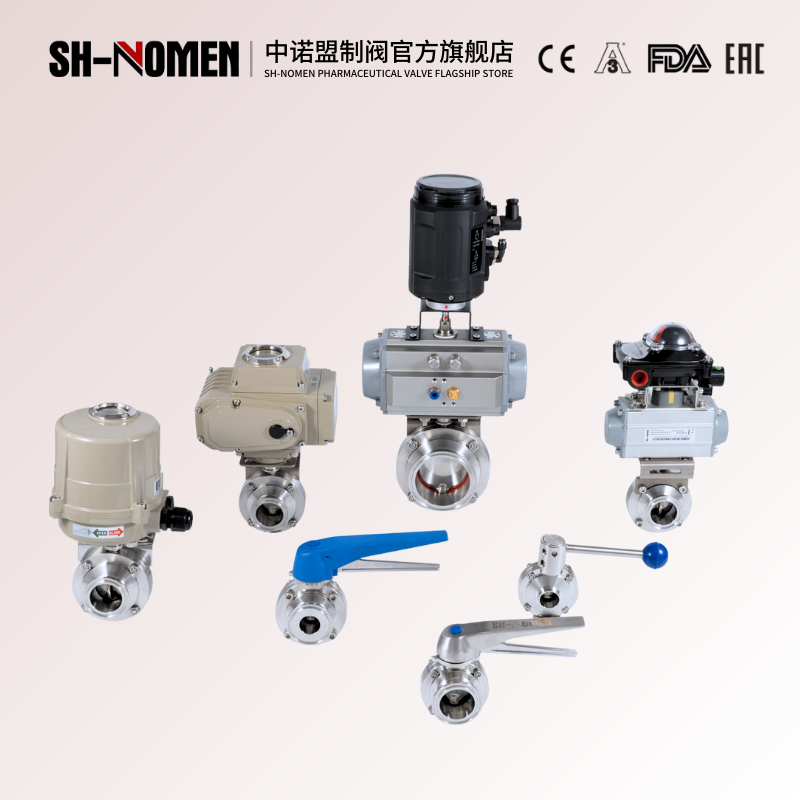
1. Drinking-Water Production
Project scope: A major bottled-water plant with multiple fully automated lines, producing thousands of cubic metres per hour of bottled and bulk water.
Valve application:
• Detesun pneumatic O-type shut-off valves are installed on raw-water feed pipes, purified-water storage inlets/outlets, and filler inlets.
• Raw-water valves interlock with on-line water-quality monitors; if parameters exceed limits, the valve closes instantly to block sub-standard water.
• Storage-tank valves receive level-sensor signals: inlet valve closes at high level, outlet valve closes at low level, maintaining stable inventory.
• Filler valves integrate with the filling-machine controller; if a bottle is misaligned or the fill weight deviates, the valve cuts flow immediately, preventing waste and package contamination.
Result: Higher automation, consistent product quality, fewer rejections due to water quality or filling errors, lower operating costs, and increased throughput.
2. Beverage Blending Workshop
Project scope: A well-known beverage company blending hundreds of tonnes per day of carbonated drinks, tea beverages and juices.
Valve application:
• Detesun pneumatic O-type shut-off valves sit on ingredient-tank outlets, blending-tank inlets/outlets, and additive lines.
• Ingredient valves meter exact quantities per recipe, enabling accurate flavour matching.
• Blending-tank inlet valves open rapidly to reach target volume, then snap shut; outlet valves discharge finished blend on demand.
• Additive valves work with dosing systems to precisely control flavours, colours and preservatives, ensuring consistent taste and quality.
Result: Automated, accurate blending, uniform product quality, rapid flavour change-overs, fewer operator errors, higher productivity and profitability.
3. Edible-Oil Filling Line
Project scope: An edible-oil producer filling soy, peanut and corn oils on a fully automatic line running dozens of bottles per minute.
Valve application:
• Detesun pneumatic O-type shut-off valves are fitted between oil storage tanks and the filling machine.
• The valve opens when the filler starts, delivering oil to the filling heads; after each bottle is filled or if a fault occurs, the valve closes instantly, preventing drips and waste.
• Additional valves on the CIP (clean-in-place) circuits control cleaning-fluid supply and drain, ensuring full hygienic compliance.
Result: Improved filling accuracy and speed, reduced product loss, better package quality, easier cleaning and maintenance, and overall higher line efficiency and hygiene.
